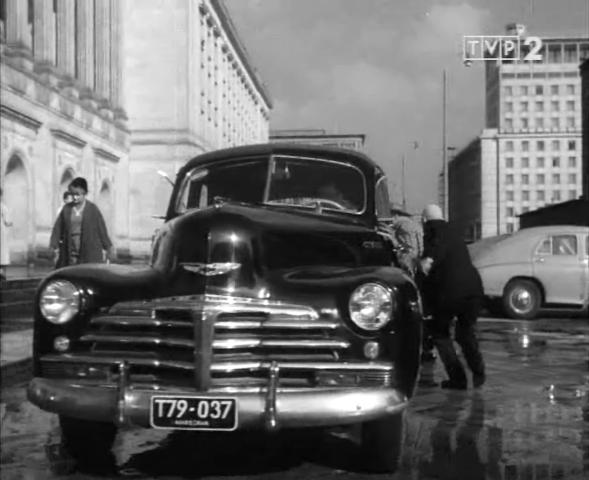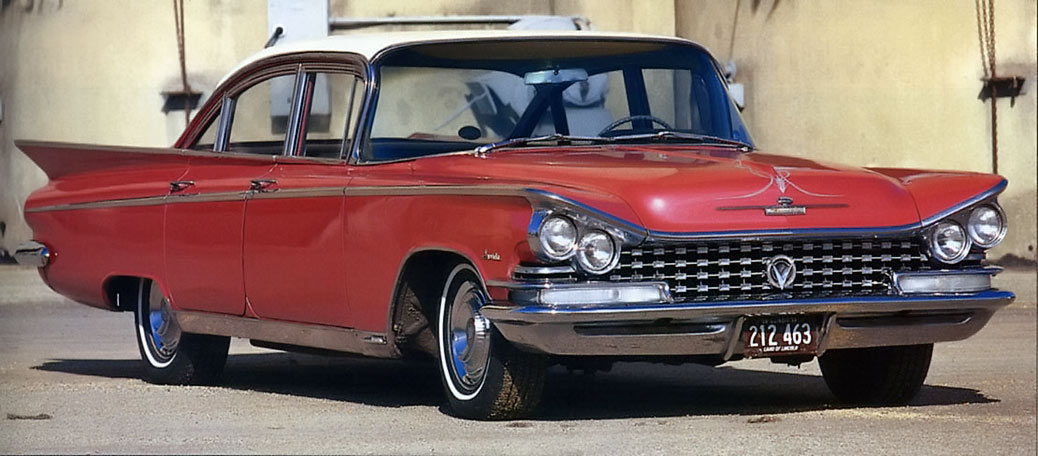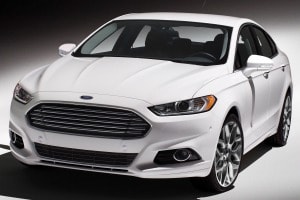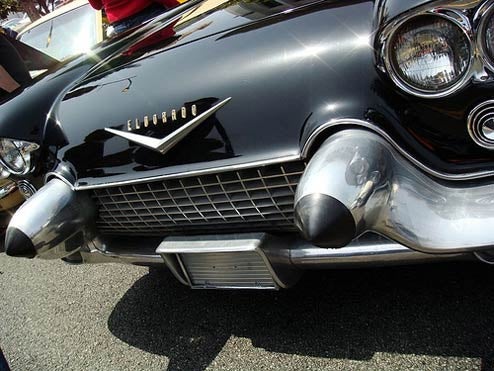plain old dave
A-List Customer
- Messages
- 474
- Location
- East TN
DAGMAR!
But, to the topic at hand. The Beautiful Brute was designed with a very specific clientele, young, traveling executives. Think Don Draper on the road. Inflation adjusted, a '55 C-300 cost $36,000 when a Corvette would only set you back $24,000. But the businessmen that needed the room a 300 had wouldn't buy a Corvette. See, the 300 was designed for young executives in driving-intensive professions that more or less lived out of their car for weeks at a time; salesmen, project managers, that sort. The same people that a generation before would have drove Buick Specials or Centuries, which in 1955 would have cost in the mid to high 20s. They needed a car that could gobble up huge chunks of US roads like our 27, 11 or Bloody 25 here in Tennessee or US 29 in Virginia, what Mechanics Illustrated's Tom McCahill called "high speed cruise"; 70+ on a turnpike with rolling hills and sweeping curves all day long. They might have had an appointment one day in Lenoir City or Knoxville and have to be in Lexington, Kentucky the next day. And the faster, better handling car he had, the faster our 1955 Don Draper could get to the Motor Lodge and get a good night's sleep for the next day's appointment.

But, to the topic at hand. The Beautiful Brute was designed with a very specific clientele, young, traveling executives. Think Don Draper on the road. Inflation adjusted, a '55 C-300 cost $36,000 when a Corvette would only set you back $24,000. But the businessmen that needed the room a 300 had wouldn't buy a Corvette. See, the 300 was designed for young executives in driving-intensive professions that more or less lived out of their car for weeks at a time; salesmen, project managers, that sort. The same people that a generation before would have drove Buick Specials or Centuries, which in 1955 would have cost in the mid to high 20s. They needed a car that could gobble up huge chunks of US roads like our 27, 11 or Bloody 25 here in Tennessee or US 29 in Virginia, what Mechanics Illustrated's Tom McCahill called "high speed cruise"; 70+ on a turnpike with rolling hills and sweeping curves all day long. They might have had an appointment one day in Lenoir City or Knoxville and have to be in Lexington, Kentucky the next day. And the faster, better handling car he had, the faster our 1955 Don Draper could get to the Motor Lodge and get a good night's sleep for the next day's appointment.

Last edited:
















